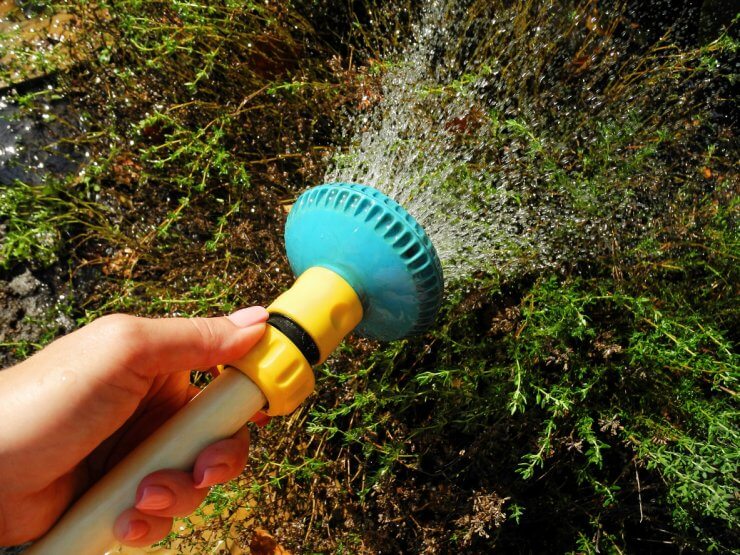
Watering thyme in the garden
Thyme is a drought-tolerant plant that needs little water. In fact, overwatering a thyme plant is a sure way to kill it, as soggy soil is an invitation to rot and diseases. So it’s important to plant your thyme in well-drained soil and water only when the soil is dry. In fact, depending on the amount of rain in your region, you may not have to water by hand at all.
When you do water your thyme plants, hand water at the base of the plants or consider a drip hose or some other drip-irrigation method that will deliver water slowly and deeply into the soil. Avoid watering your plants from above; excess moisture on the foliage can cause rot and encourage diseases.
Tip: Early morning is the best time of day to water your thyme plants. Avoid watering during the evening or night.
It’s not necessary to mulch around your thyme—especially the creeping variety. But if you want to keep weeds down and still allow your thyme to drain properly, gravel or stones work well. If you have very cold or long winters, a dressing of evergreen boughs—like those from your discarded Christmas tree—will help insulate the roots in the off season.
Rainwater is best for your garden plants. If it’s possible for you to collect rainwater, your thyme plants will benefit from that!
When you properly water your thyme, you’ll have healthy plants and a good harvest. Improper watering can lead to the following problems that you want to avoid:
- Root rot
- Stunted growth and root loss
- Susceptibility to pests and disease
- Reduced harvests and lesser-quality thyme
How often do you water your thyme plants? And what time of day do you water? Please tell us how you ensure your thyme plants get the right amount of water.


 Previous
Previous

